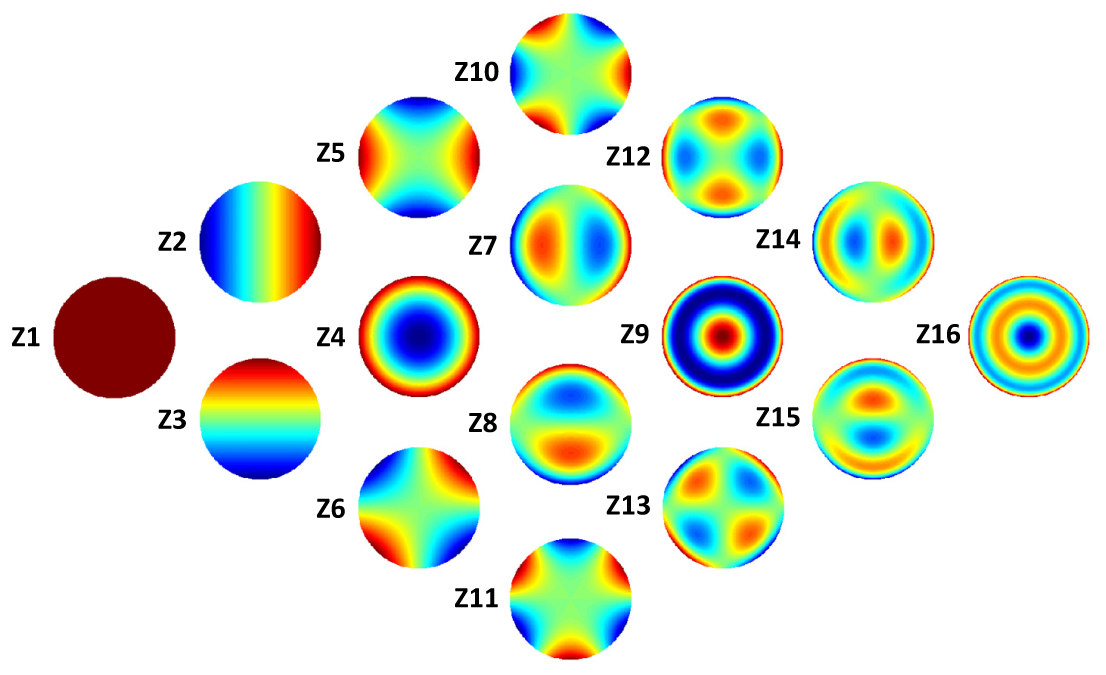
Kyle Fuerschbach, Jannick P. Rolland, and Kevin P. Thompson recently published a paper, ‘Theory of aberration fields for general optical systems with freeform surfaces,’ in Optics Express 22(22), 26585-26604 (2014)
Abstract: This paper utilizes the framework of nodal aberration theory to describe the aberration field behavior that emerges in optical systems with freeform optical surfaces, particularly φ-polynomial surfaces, including Zernike polynomial surfaces, that lie anywhere in the optical system. If the freeform surface is located at the stop or pupil, the net aberration contribution of the freeform surface is field constant. As the freeform optical surface is displaced longitudinally away from the stop or pupil of the optical system, the net aberration contribution becomes field dependent. It is demonstrated that there are no new aberration types when describing the aberration fields that arise with the introduction of freeform optical surfaces. Significantly it is shown that the aberration fields that emerge with the inclusion of freeform surfaces in an optical system are exactly those that have been described by nodal aberration theory for tilted and decentered optical systems. The key contribution here lies in establishing the field dependence and nodal behavior of each freeform term that is essential knowledge for effective application to optical system design. With this development, the nodes that are distributed throughout the field of view for each aberration type can be anticipated and targeted during optimization for the correction or control of the aberrations in an optical system with freeform surfaces. This work does not place any symmetry constraints on the optical system, which could be packaged in a fully three dimensional geometry, without fold mirrors.


